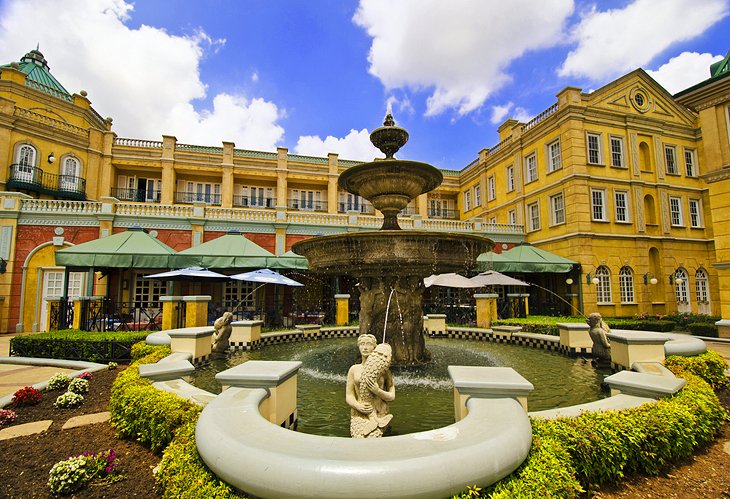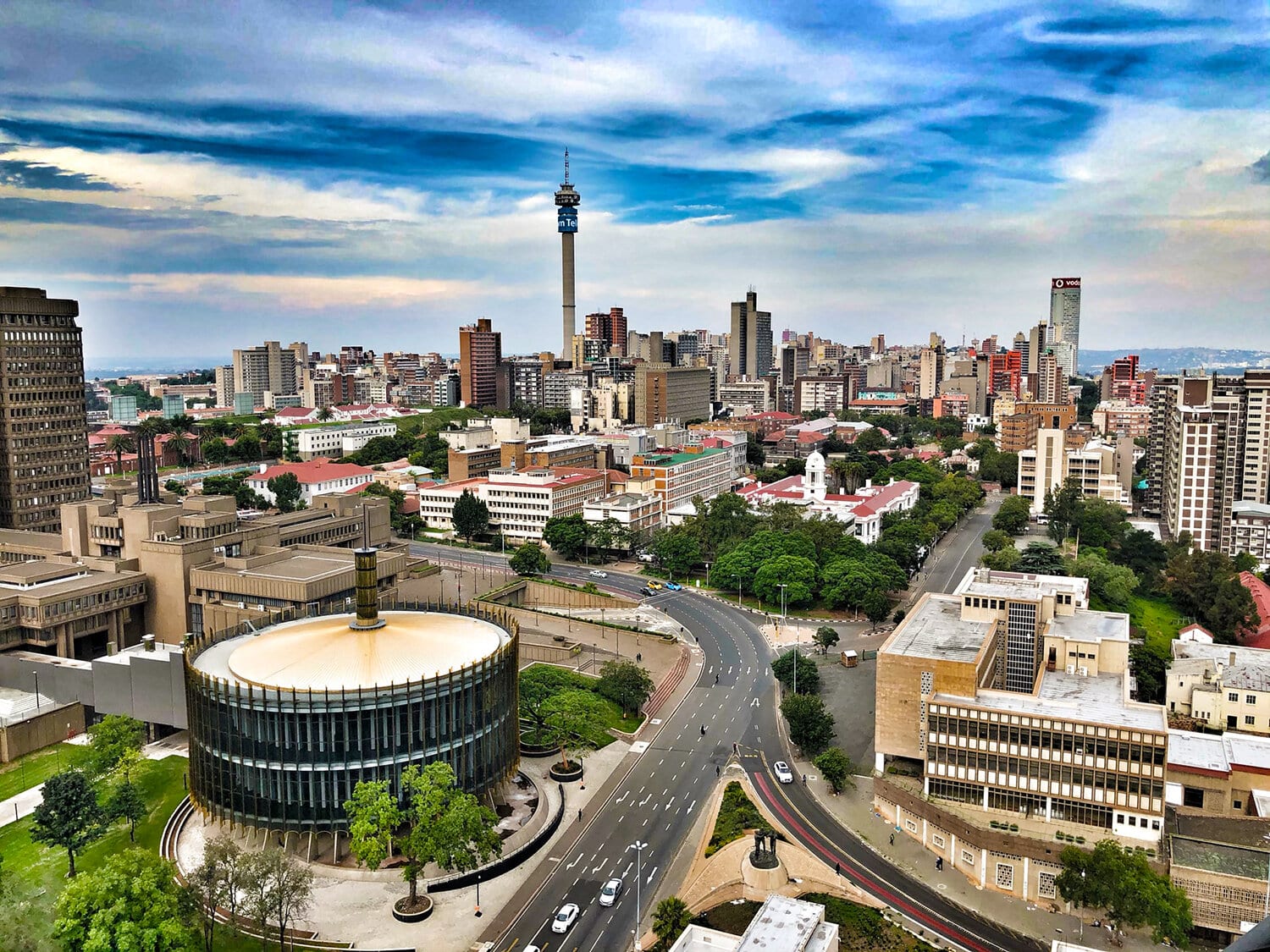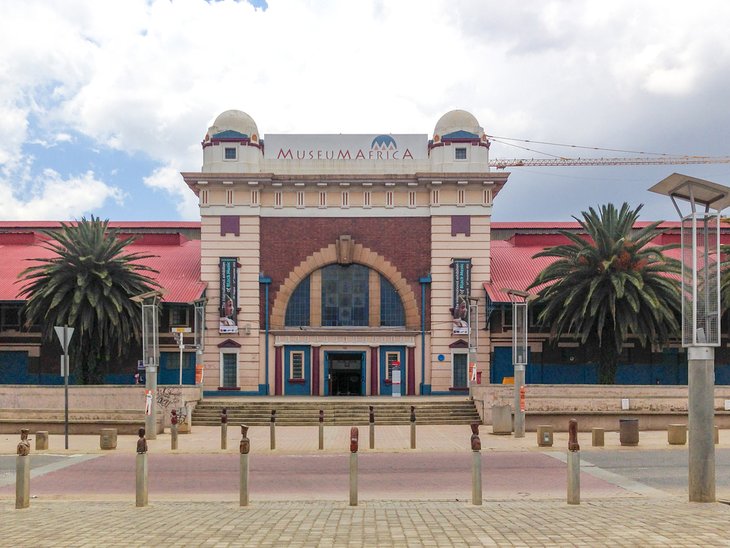Not known Factual Statements About Johannesburg North Attractions
Not known Factual Statements About Johannesburg North Attractions
Blog Article
5 Easy Facts About Johannesburg North Attractions Explained
Table of ContentsThe smart Trick of Johannesburg North Attractions That Nobody is DiscussingThe Basic Principles Of Johannesburg North Attractions The 7-Minute Rule for Johannesburg North AttractionsExamine This Report about Johannesburg North AttractionsThe Greatest Guide To Johannesburg North AttractionsJohannesburg North Attractions Can Be Fun For EveryoneThe Only Guide to Johannesburg North Attractions
You must keep safety in mind and tourists need to remain sharp at all times when in unknown environments. Speak with the citizens when you remain in town to locate out about the location you are remaining in. Johannesburg North attractions. When on the road (this doesn't put on mall and various other safe environments) finest general recommendations is to attempt your ideal to look like a regional and to prevent showing any type of wide range
Johannesburg North Attractions Things To Know Before You Buy
Teacher Revil Mason O. J. (Thomson, 1946) checked out the Witwatersrand's pre-colonial history. His historical work blew up the 'em pty land' misconception, according to which the region was lacking human habitation prior to the arrival of European inhabitants. In his magazines Prehistory of the Transvaal: A Record of Human Activity (1962) and Origins of Black Individuals of Johannesburg and the Southern Western Central Transvaal AD 3501880 (1986 ), Teacher Mason demonstrated the degree of social and economic growth in the location prior to Europeans established foot below.

Some Known Factual Statements About Johannesburg North Attractions
He showed the federal government's authorization, granted after he had actually testified keep his explorations secret. In 1874, small-scale mining operations were started in the Magaliesberg, where an Australian, Henry Lewis, had found gold down payments. In 1878, David Wardrop found gold in quartz capillaries at Zwartkop, north of Krugersdorp. In 1881, Stephanus Minnaar found gold on the ranch Kromdraai, near the Cradle of Mankind.
In March 1886, a protrusion (soon to be called the Main Coral reef) was located, quite luckily, on Gerhardus Oosthuizen's ranch Langlaagte. Some say that the Lancastrian coal miner George Walker uncovered this reef. One more travelling English miner, George Harrison (who had previously functioned in Australian mines) gotten a prospecting permit in respect of Langlaagte in May 1886.
He made a decision to go on in a quest for greener fields, and disposed of his Langlaagte case for the princely amount of 10. Alas: beneath lay the richest goldfield ever found. The discovery of this rich auriferous coral reef prompted a gold thrill that indicated the end of agrarian serenity in the southerly Transvaal.
It would certainly, within 6 years, become the largest town in southern Africa. Within a decade, it would certainly make the Z. A. R. till then an anarchical and insolvent little state the richest country in Africa. By the millenium, the Z. A. R. was to exceed Russia, Australia and the USA of America to come to be the globe's leading gold manufacturer, generating more than a quarter of the world's gold.
Some Known Questions About Johannesburg North Attractions.
It was referred to as Ferreira's Camp, called after Colonel Ignatius Ferreira. He was a Boer adventurer upon whom the British authorities had actually presented the condition of Companion of the Most Differentiated Order of St Michael and St George (qualifying him to the post-nominal letters C. M. G.) in gratefulness for his function in the war that had actually deposed the Pedi king Sekhukhune in 1879.
Quickly the camp was including camping tents and wagons as novices showed up daily from everywhere. By September 1886, some 400 individuals resided in Ferreira's Camp, which soon flaunted upreared iron and hardwood buildings. 2 various other camps were developed: Meyer's Camp on the farm Doornfontein, and Paarl Camp. The latter was nicknamed Afrikander Camp; many individuals from the Cape Swarm worked out there.

Things about Johannesburg North Attractions
This name obtained currency by word of mouth, such that the State top article Assistant verified the name to the Mining Commissioner on 9 October 1886. Stands in the village were auctioned on 8 December 1886. While some stands were offered for 10, others were knocked down for as low as sixpence.
Two years later, these erven were to transform hands for as high as 750 each. The tented camps dwindled as a dorp of corrugated iron buildings developed and increased north of the mines situated along the Main Coral Reef Road. Locations such as Jeppe's Town (where working-class immigrants erected their homes) and Doornfontein (where the affluent brand-new 'Randlords' began to construct their luxurious homes) were quickly contributed to the ever-expanding map of the community.
Johannesburg North Attractions - An Overview
Apart from the road names, there were no indications of Johannesburg being located in a Dutch-speaking nation., nearly everyone talked English and even the Federal government servants attended to one in English, unless they were initial addressed in the Taal (or Low Dutch)'.
Therefore, Britain had an interest in making certain ideal conditions for gold production on the Witwatersrand, and that the gold was exported to London instead of Berlin an important made even more clamant by the Z. A. R - Johannesburg North attractions.'s raising toenadering with Germany. Mine owners got on a clash with President Kruger, whose plan of monopolistic concessions (typically given to his cronies) prevented look these up mining companies from procuring products of products (specifically dynamite) and labour on their very own, less costly terms
Johannesburg North Attractions for Dummies
In 1890, the Volksraad had limited the franchise business to white males who had actually lived in the Z. A. R. for fourteen years or longer, hence disqualifying the majority of the immigrants (who occurred to be the significant factors to the fiscus). Agitation for the ballot was a plain pretext for promoting a various schedule; the majority of uitlanders regarded themselves as temporary site visitors and had no purpose of remaining in the Z.
Report this page